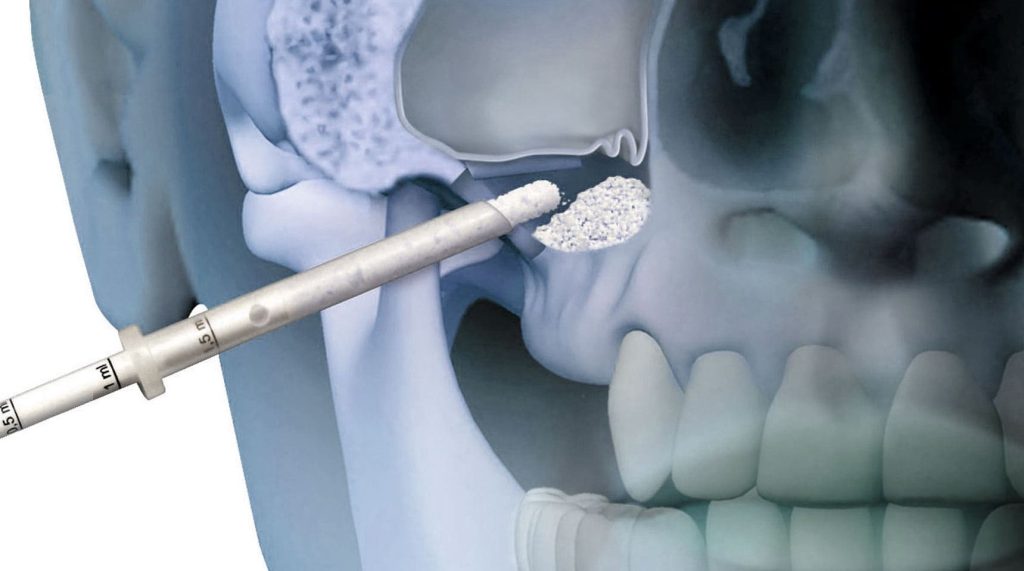What is Bone Graft?
The success of dental implants is largely dependent on bone density in the area where you will have your implants. Bone density and quality are related to factors like infections or trauma. However, with today’s techniques, dentists can increase the width and length of the bone. We fill damaged areas and anatomic cavities (like the sinus), thereby preparing the area the for implant procedure. Your dentist will analyze your examination results and x-rays and will tell you if youl need bone grafts before the operation. This is very important.
To make bone grafts, we use natural or synthetic materials, or mixture of both. We usually need only small amounts. Your dentist should tell you how much you is needed and how much it will cost before the operation. Artificial or natural bone grafts are the safest and most effective way of increasing bone density.
Sinus Lifting
A sinus lift is a very similar procedure to bone grafting in that donor bone is used to build up an area of the jawbone which is considered too thin for implants. In this case, the upper jawbone is the area to be treated. The upper jaw is usually thinner than the lower, which makes it more difficult to insert dental implants.
If the sinus wall is too thin, it is impossible to insert a dental implant as it will not be able to providei a solid foundation to hold it in place. The upper jaw
will need to be built up via a bone graft in order to retain an implant.
If you have suffered advanced bone loss, your only option used to be
dentures but thanks to new grafting techniques, implants are now an option. We can bulk out the sinus wall by lifting the sinus membrane and then
grafting donor bone onto the sinus wall.
This will increase the depth and width of the sinus wall in preparation for your implants.

